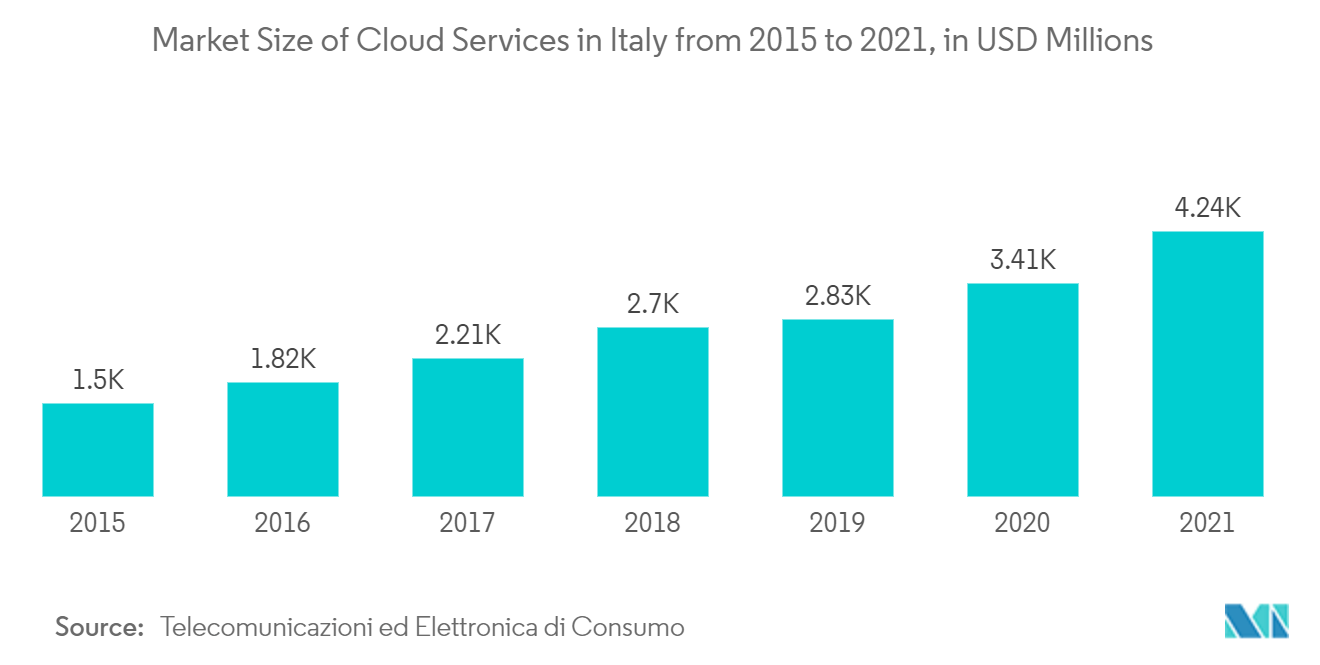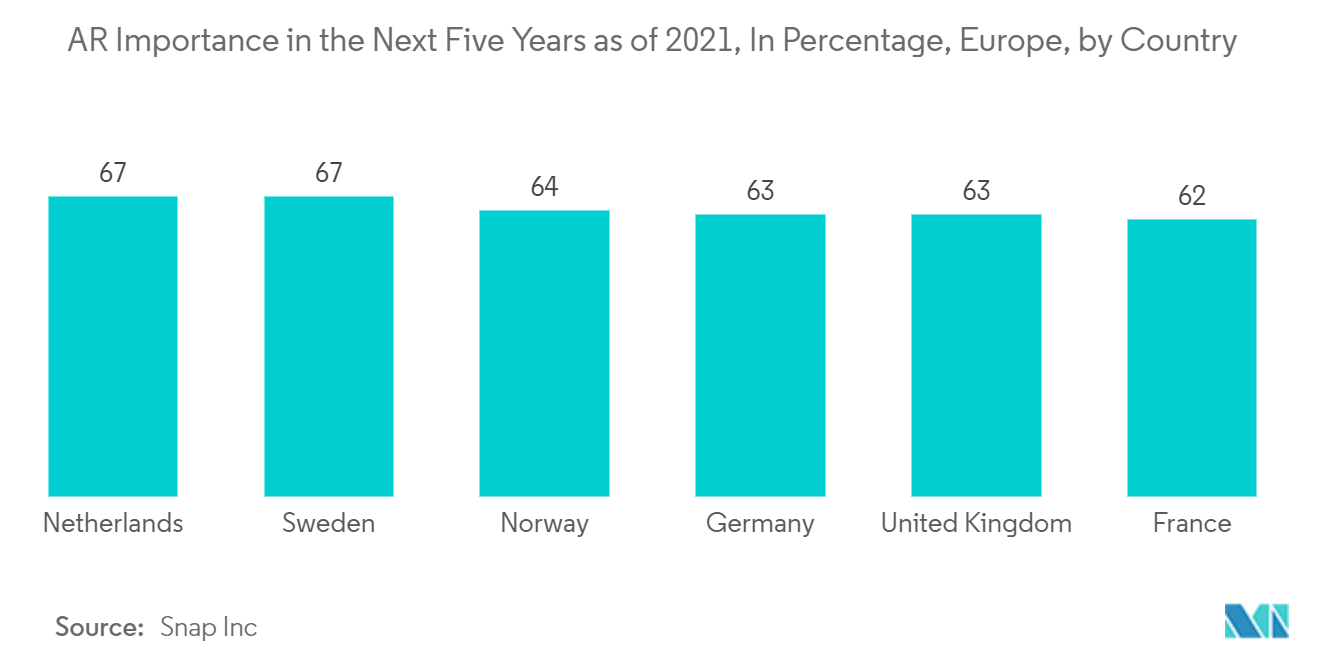Market Trends of Europe 3D Telepresence Industry
This section covers the major market trends shaping the Europe 3D Telepresence Market according to our research experts:
Enhanced User Experience to Drive Market Growth
- The tele-immersion technology, coupled with 3D technology, gives remote users a greater sense of presence, whether combined with virtual or augmented reality. In addition to improving the user experience for communication, which is now done via 2D video conferencing, there are various potential uses for this technology that would eliminate the need for travel.
- The demand for these solutions is also anticipated to be driven by applications, such as remote collaboration, where multidisciplinary teams must closely collaborate with 3D data or models. These applications include design, manufacturing, medicine, physical sciences, architecture, astronomy, digital humanities, and education, among many others.
- The benefits of a virtual learning environment, such as flexible schedules, increased individual accountability, mobility, student-centered learning, and others, further boost the market's expansion. Virtual reality (VR) can displace tangible paper models, posters, books, and printed manuals. It provides more affordable, portable learning resources, making education more available and mobile.
- A significant increase in cloud-based video conferencing is anticipated due to the development of cloud computing technologies and the quick transition of various end users from hardware to software solutions.

Hardware Solutions to Witness Significant Growth
- Telepresence is a medium that substitutes for the participant's related senses using technology closely related to VR transducers, such as video cameras and microphones. With the help of sensing equipment, the participant can remotely see and hear from the first-person POV.
- The increased usage of hardware devices in educational institutions and international organizations has led to increased demand for these products. Additionally, it is anticipated that updating earlier video conferencing solutions at these locations will increase the need for the hardware.
- Due to characteristics like improved interactive experience, versatility, scalability, and efficient rendering and streaming of 3D video data between two or more parties, 3D telepresence systems are predicted to become appealing for geographically dispersed team collaboration, specifically to avoid travel and to increase flexibility.
- Furthermore, telepresence techniques are being used increasingly frequently in low-cost applications as the technology gets more affordable. In addition, organizations have switched from video conferencing to immersive telepresence solutions due to technology advancements in the regional industry. The need for 3D telepresence hardware is anticipated to rise as business executives, members of the public, and politicians increasingly use these technologies.
- Additionally, as UK retail and other companies go to the cloud to streamline their communications, 3D telepresence devices could be a massive step in improving the customer experience. The European area is anticipated to experience higher usage of the 3D telepresence market due to the growing uptake of cutting-edge technologies like AR and VR.


